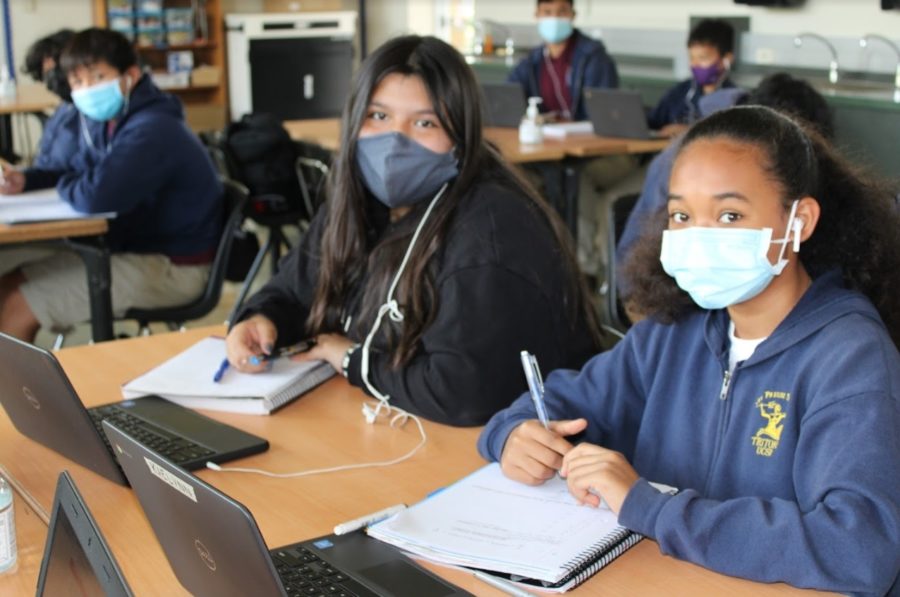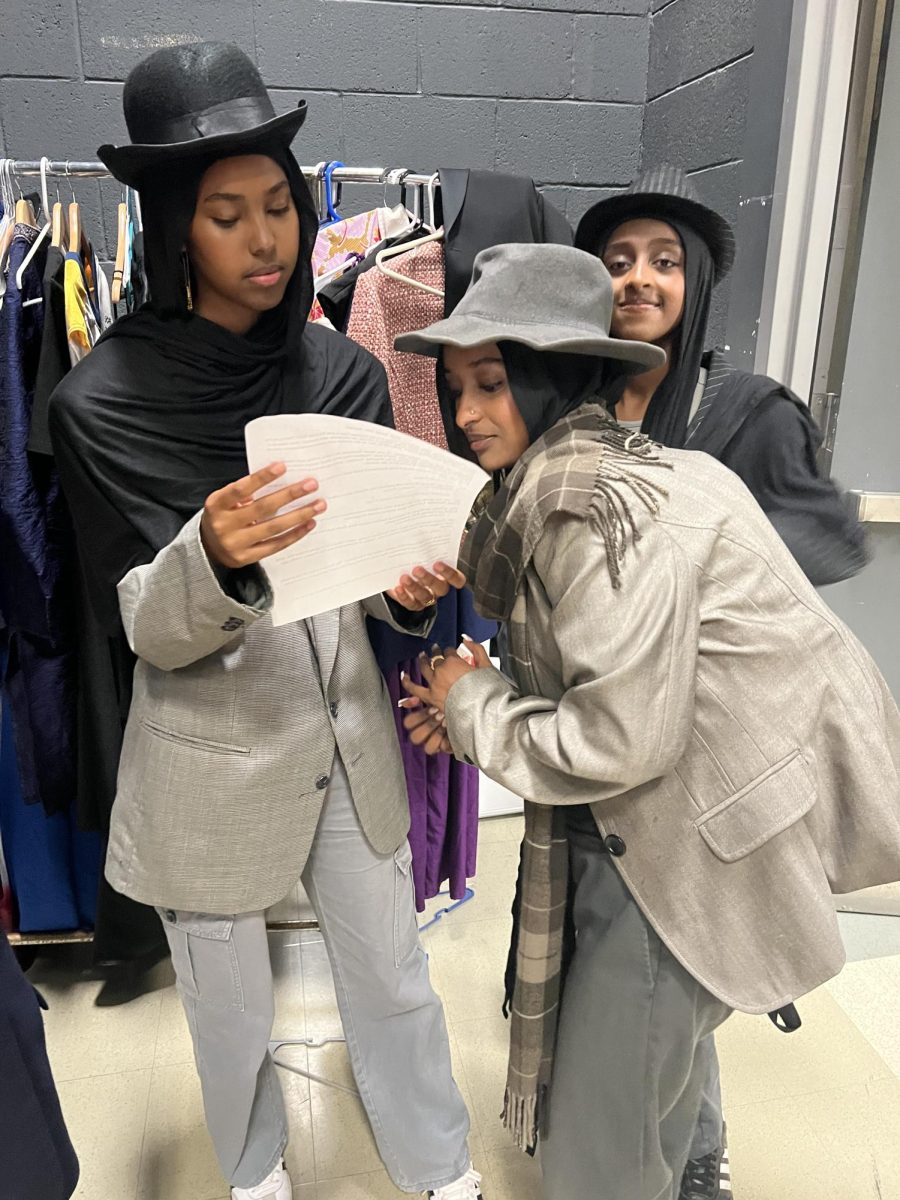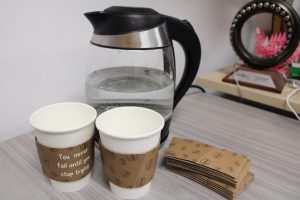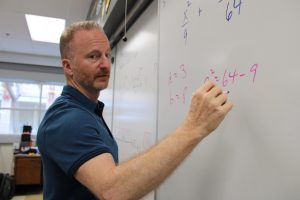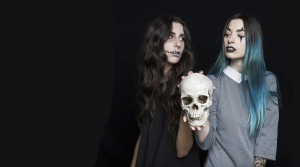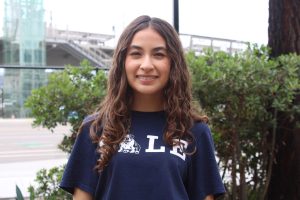Students Adjust to New Campus COVID Protocols
February 11, 2022
Despite the school’s sharp and cautious efforts to ensure safety on campus after nearly a month of zoom classes last December, some students have shared mixed feelings about the return to campus.
After students finished their first semester over zoom due to COVID-19 experiencing a sharp increase last Winter Break, The Preuss School UC San Diego re-opened their campus on Monday, January 31st.
Before the return, the school with the help of UCSD held a self-administered COVID-19 testing station for all students at school from Wednesday, January 26, through Friday, January 28th. The school gave two PCR tests to all students, designed to be used as the school’s main verification method to allow students back on campus.
The school also provided all students with a self-administered COVID-19 test at the Walton Center on the first day back from Winter Break. Students also brought home one additional COVID-19 testing kit for emergency purposes only.
The return to in-person is one step closer to obtaining normality within a global pandemic. According to the New York Times’ ‘Covid Case Tracker’, COVID-19 cases in the San Diego area have been on a slow decline as of February 2022.
“Cases have decreased recently but are extremely high.”
Despite this fact, some students still have mixed feelings about the return to in-person.
High school senior, Jose De La Torre (‘22) confessed that he “didn’t feel comfortable risking my health coming to school in-person.”
“I would rather [learn] at home where I would be safer.”
On the other side of the spectrum, Kebron Russom (‘22) expressed that he had neutral feelings about returning to Preuss, but did acknowledge that he missed online classes, explaining that he just wants to “go home and sleep…”
While Preuss scholars have had a relatively mixed reaction to the return to campus, Preuss teachers on the other hand were much more enthusiastic about the return to in-person learning.
High school teacher and Preuss Mathematics Department Chair Dr. Weber pointed out that there is no “good substitute for in-person learning,”
“We already have such inequity in education that we don’t need underrepresented students falling even further behind when we can return to school safety.”
English teacher, Dr. Ensberg expressed relief about returning to the classroom, explaining that “teaching is easier in-person.” However, Dr. Ensberg did confess that he didn’t miss the long drive to and from school during remote learning.
Dr. Weber recommends students who are hesitant to “get vaccinated if you can (all three shots), wear a well-fitting mask (e.g. KN-95 or N95).”
Dr. Ensberg addressed that while students can still get COVID-19 after being completely vaccinated, “far fewer people are going to the hospital.”
He ultimately advised that students should not be afraid of going back to campus and to take necessary health precautions on campus (e.g. washing hands, etc.)


